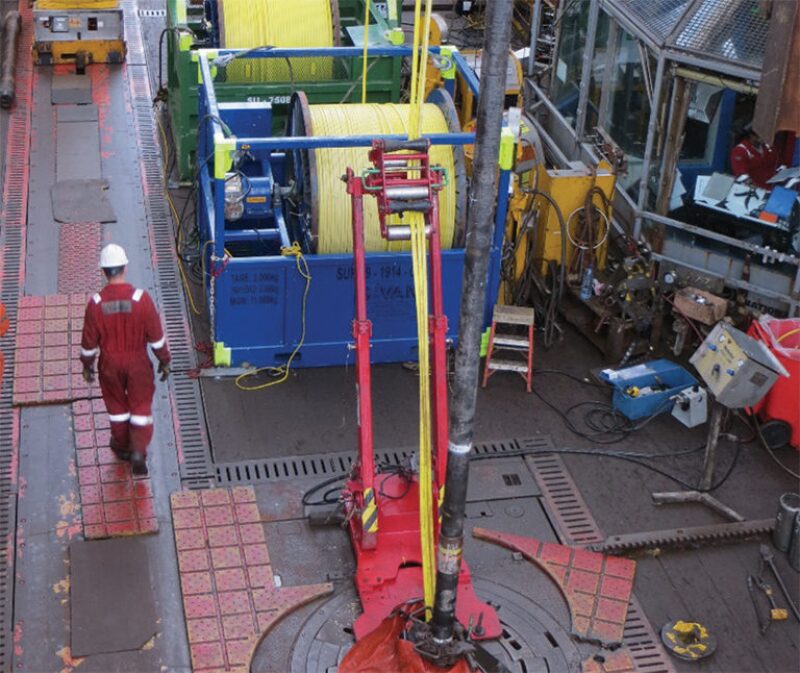Since the first intelligent completion was installed 20 years ago, the systems have become increasingly complex in order to reach productivity and optimization goals, allowing real-time independent monitoring and management of each zone in the well. Accompanying the search for greater system efficiency is the goal of reliability assurance. This paper presents the complexity and challenges of planning and installing the first intelligent completion in a subsea well with three producing zones in the Brazilian presalt.
Introduction
Below water depths greater than 7,200 ft, below salt layers up to 6,500 ft thick, and at true vertical depths (TVDs) of approximately 18,000 ft lie the presalt fields. The distance from shore (as much as 300 km), high carbon dioxide and hydrogen sulfide concentrations, high temperatures (sometimes greater than 100°C), and the existence of multiple intervals with different porosities all add to the challenges of producing from the presalt successfully.
Through the installation of permanent downhole gauges (PDGs), intelligent completion allows real-time monitoring of downhole parameters such as pressure and temperature, providing a better understanding of what is happening at any given time.


